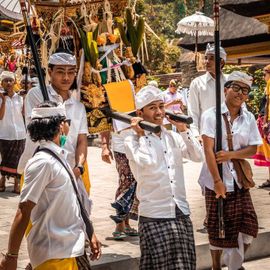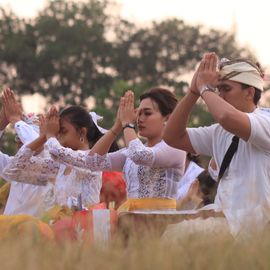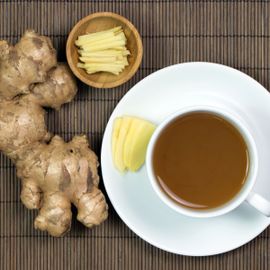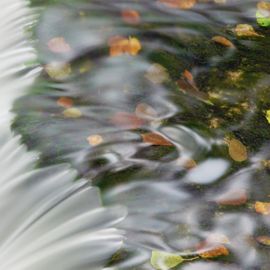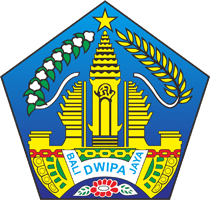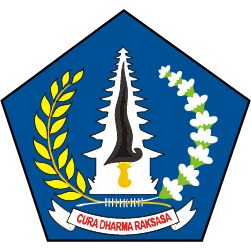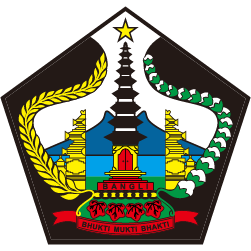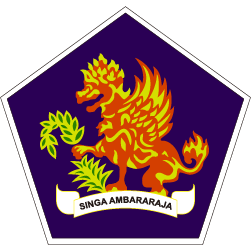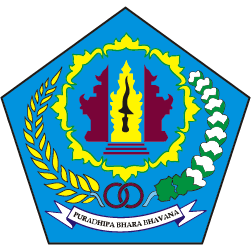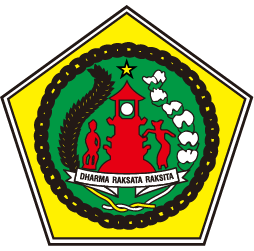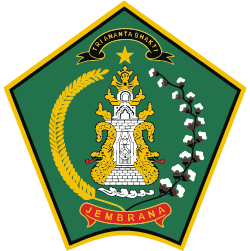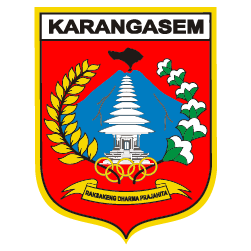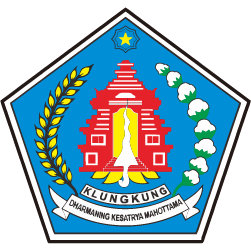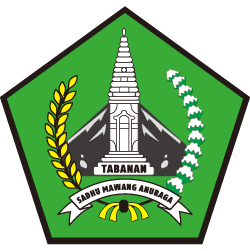Mejaga-Jaga Tradition To Avoid Disasters
Mejaga-Jaga Tradition To Avoid Disasters.
Bali has a variety of traditions. Tradition on the Island of the Gods is based on the concept of Tri Hita Karana, which relates between humans socially, also humans with nature and the Creator. The concept also underlies the tradition of Mejaga-Jaga or Majaga-Jaga (Guarding), which is carried out by the residents of Besang Kowan Tohjiwa Traditional Village, Semarapura Kaja, Klungkung Regency. The harmony of social relations, nature, and with the Creator, will be created because the awareness of this kind of behavior have been passed down through generations.
Indeed, the way to carry out traditions feels very magical, and that is where the belief is held firmly in the hearts of local residents. The Mejaga-Jaga tradition is held once a year, which is in August. Precisely on the Balinese calendar, Tilem Sasih Karo.
Keeping tradition is carried out by parading selected cows based on strict conditions. Cows that are paraded are called Cula Cows. Cula Cows are castrated bulls. In addition, Cula Cows may not have red hooves, their tongues should not be polished and they may not have tails. Cula Cows are usually prepared since a month before the tradition is carried out. In fact, the cows with strict preconditions are sought in other districts, such as Buleleng.
The Mejaga-Jaga tradition begins by parading the Cula Cow around the village. Based on the four cardinal directions, the procession is accompanied by Baleganjur starting from Jaba Puseh Temple. From the North of the village, the procession will head south, namely Pura Dalem. Next, go east then west towards Prajapati Temple. The procession stopped at the village crossroad where all the residents gathered.
At the place that marks the direction of the wind, Cula Cow will be cut down using a Sudamala Parang. This machete is considered sacred, you know. That means it is not allowed to use machetes carelessly. On the right and left buttocks of the Cula Cow, they will be cut down alternately and will bleed. It is believed that the cow's blood that can pour away all kinds of diseases so that people scramble to get it and rub it on the body.
Sacrificial blood is believed to balance and cleanse nature. All plagues will stay away and disappear. It you want to watch this tradition, it never takes place every year. According to the religious leaders of the village of Besang Kawan Tohjiwa, if they don't perform this tradition, there will be undesirable things that are negative in nature.
In every direction of the compass, there will be a ceremony to arrange piuning and prayers. In the final procession, the wounded and bleeding Cula Cows will be slaughtered. Beef is processed into caru, head and skin are also part of caru. Processing and everything carried out in accordance with pengider-ider.
The implementation of the Watching Tradition begins in the morning. Around 07.00 Central Indonesian time until the afternoon.
